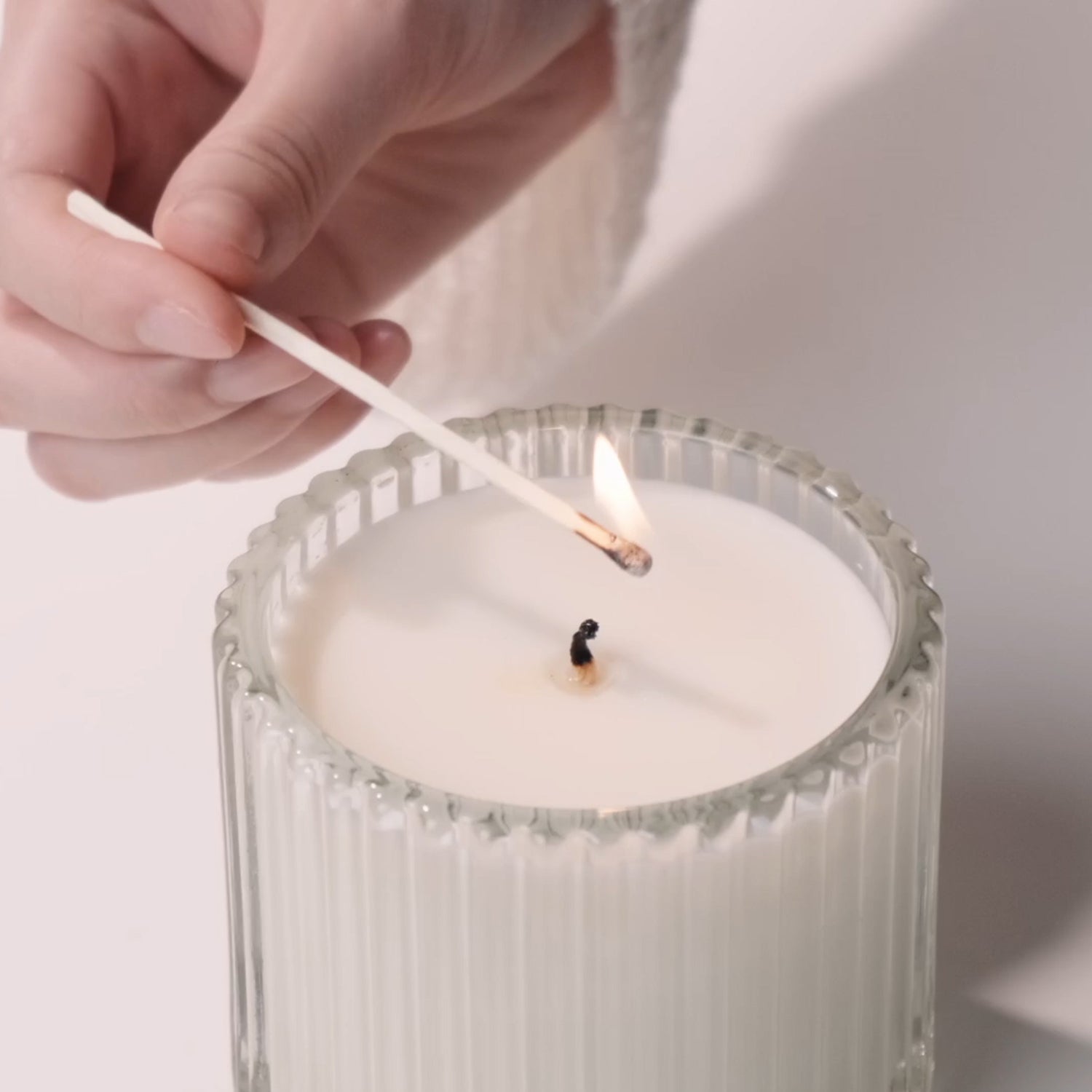Creating unforgettable fragrance blends is a skill that turns ordinary scented candles into extraordinary sensory experiences. The art of blending lies in understanding how various scent notes interact, complement, and balance each other to create harmony. Whether you’re a beginner or an experienced artisan, following the principles of blending can elevate your candles to rival even the best scented candles in the market.
Understanding Fragrance Notes
A well-balanced fragrance has three types of notes:
- Top Notes: These are the first scents you smell when the candle is lit. They are typically fresh and light, designed to make an immediate impact. Examples include citrus, mint, and eucalyptus.
- Middle Notes: Also known as the heart of the fragrance, these notes emerge once the top notes dissipate. They provide depth and often include florals, spices, and green scents.
- Base Notes: These appear last but linger the longest. They anchor the fragrance and create a lasting impression with rich, heavy scents like vanilla, musk, and sandalwood.
Combining these notes effectively requires an understanding of how they layer and interact over time, creating a scent journey for the user.
Tips for Successful Blending
Here are some strategies to master the art of fragrance blending:
- Start Simple: Begin with two fragrances that naturally complement each other, such as vanilla and lavender. Overcomplicating blends initially can lead to confusion and wasted materials.
- Experiment with Proportions: Play with the ratios to adjust the dominance of a particular note. A few drops can drastically alter the balance, so take meticulous notes during experiments.
- Mind the Strength: Some fragrances are inherently strong, such as patchouli or peppermint. Use these in small amounts to avoid overpowering more delicate notes.
- Follow the Fragrance Wheel: This tool categorizes scents into families (e.g., floral, citrus, woody, and oriental) and shows which ones pair harmoniously. For instance, a woody cedar pairs beautifully with a floral like jasmine.
- Consider Seasonal Themes: Match your blends to the season for added relevance. Citrus and floral notes work well for spring and summer, while spicy and woody tones are perfect for autumn and winter.
Testing Your Blends
Before committing your blend to a full batch of wax, always test it. Combine your chosen fragrance oils in a small vial, shake it gently, and let it sit for a day to meld. Smell it again after the resting period to ensure the notes have harmonized. Adjust ratios as needed, and once satisfied, scale up the formula for your candle.
Top Blend Ideas
Here are some inspiring fragrance combinations to get you started:
- Beach Escape: Bring the ocean’s tranquility indoors with a blend of coconut, lime, and sea breeze. This blend evokes a tropical getaway, perfect for creating a refreshing ambiance.
- Top Notes: Lime
- Middle Notes: Sea Breeze
- Base Notes: Coconut
- Forest Retreat: Capture the essence of nature with the soothing blend of pine, fir, and bergamot. Ideal for cozy evenings and grounding atmospheres.
- Top Notes: Bergamot
- Middle Notes: Fir
- Base Notes: Pine
- Gourmand Delight: Satisfy your senses with a delicious mix of chocolate, coffee, and caramel. This blend is perfect for those who enjoy warm, inviting scents reminiscent of a favorite café.
- Top Notes: Coffee
- Middle Notes: Chocolate
- Base Notes: Caramel
- Floral Elegance: Create a sophisticated scent with rose, peony, and sandalwood. This blend offers a balance of sweet and woody that exudes luxury.
- Top Notes: Rose
- Middle Notes: Peony
- Base Notes: Sandalwood
- Citrus Grove: Energize your space with a zesty combination of orange, grapefruit, and lemon verbena. Perfect for kitchens or workspaces where focus is key.
- Top Notes: Grapefruit
- Middle Notes: Lemon Verbena
- Base Notes: Orange
Fine-Tuning Your Blend
Achieving the perfect blend requires patience and attention to detail. Here are additional tips for refining your mixtures:
- Curing Time: Allow the wax to cure for 24 to 48 hours before testing the scent throw. Fragrances develop more fully over time.
- Temperature Control: Add fragrance oils at the wax’s optimal temperature (usually between 130°F and 185°F) to ensure proper binding. Too high or too low can affect scent strength.
- Scent Throw Testing: Burn the candle in a controlled environment and observe how the fragrance disperses. This helps identify whether adjustments are needed.
Avoiding Common Mistakes
Even seasoned candle makers encounter challenges. Here are a few common pitfalls to avoid:
- Overpowering Blends: Strong notes can quickly dominate delicate ones. Always balance your blend with softer scents for complexity.
- Inadequate Testing: Skipping small-scale tests can lead to wasted materials if the blend isn’t balanced.
- Ignoring the Wax Type: Different waxes have varying scent-holding capacities. For example, soy wax can hold up to 10% fragrance oil, while paraffin can hold more.
Embracing Creativity
Once you’ve mastered the basics, let your imagination soar. Create scents inspired by personal memories, favorite destinations, or emotions. For instance:
- A Walk in the Garden: Lavender, basil, and lemon create a fresh, herbal aroma.
- Winter Warmth: Cinnamon, clove, and orange bring festive cheer.
- Romantic Evening: Jasmine, amber, and vanilla set the mood.
Sharing Your Creations
Consider labeling your candles with their unique blends and offering them as personalized gifts or products. Share your journey on social media to inspire others, and don’t forget to highlight your original fragrances. A well-crafted candle blend can be your signature scent, setting your creations apart in a sea of luxury candles.
Crafting your own candle scents is an art that combines creativity, science, and personal expression. By experimenting with fragrance notes, refining blends, and avoiding common pitfalls, you can create exceptional candles that stand out as unique, luxurious, and memorable. Whether for personal enjoyment or as a step into the world of candle-making, the process offers endless possibilities for innovation and customization.


